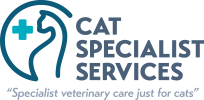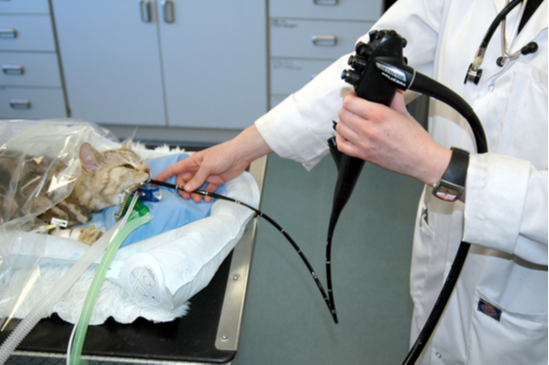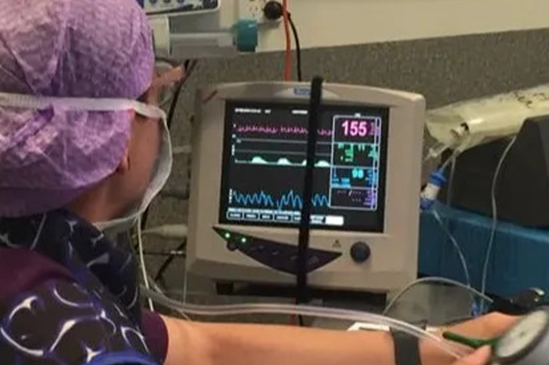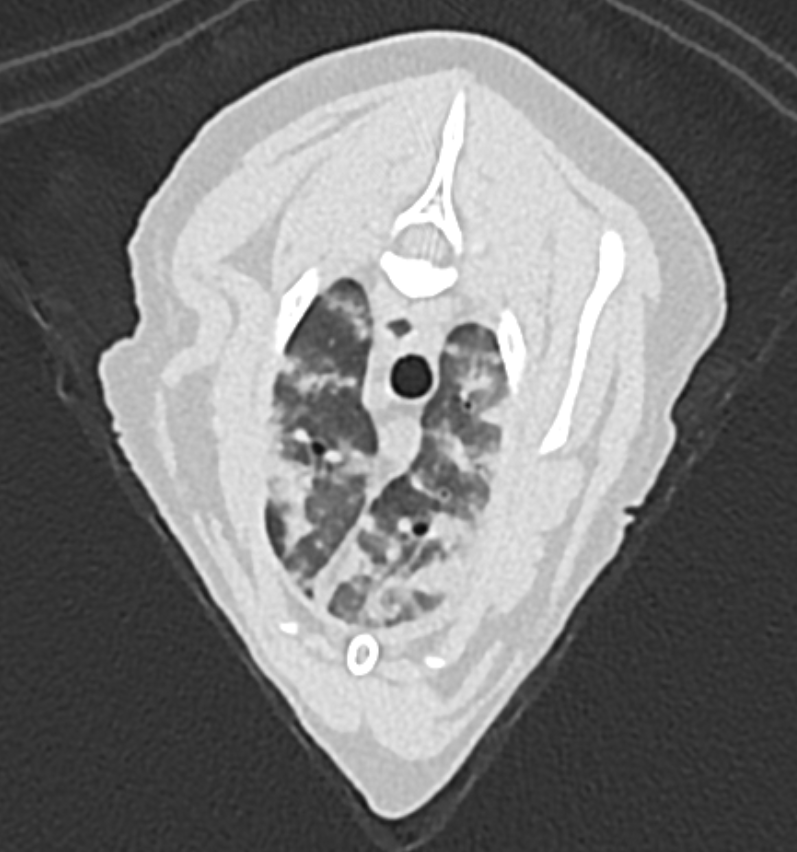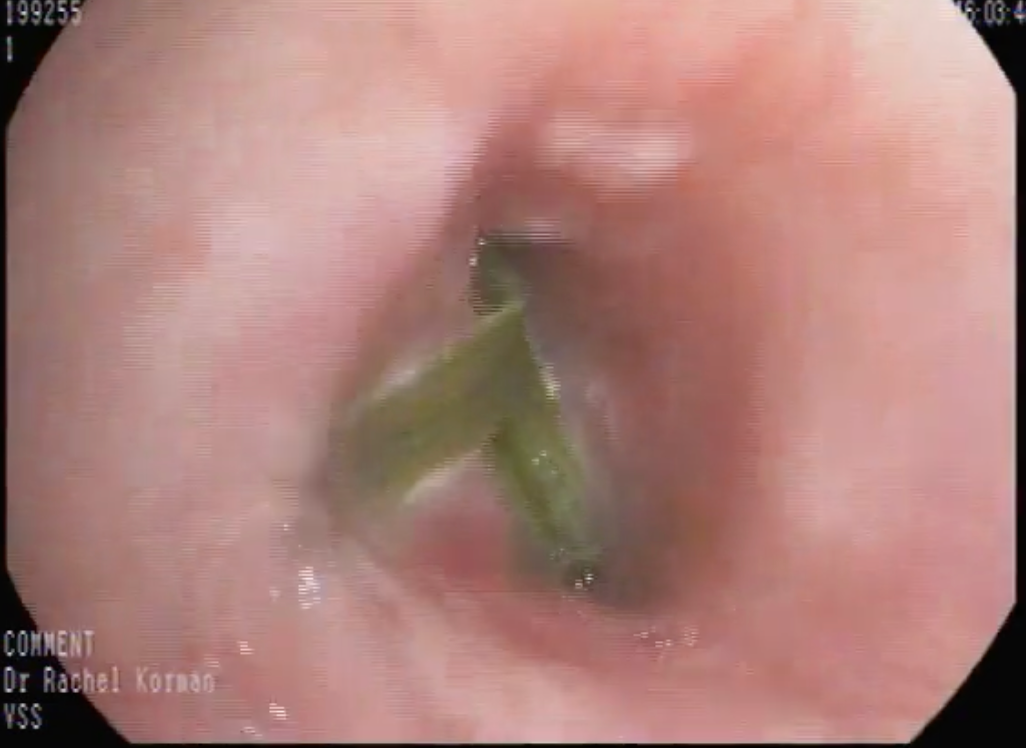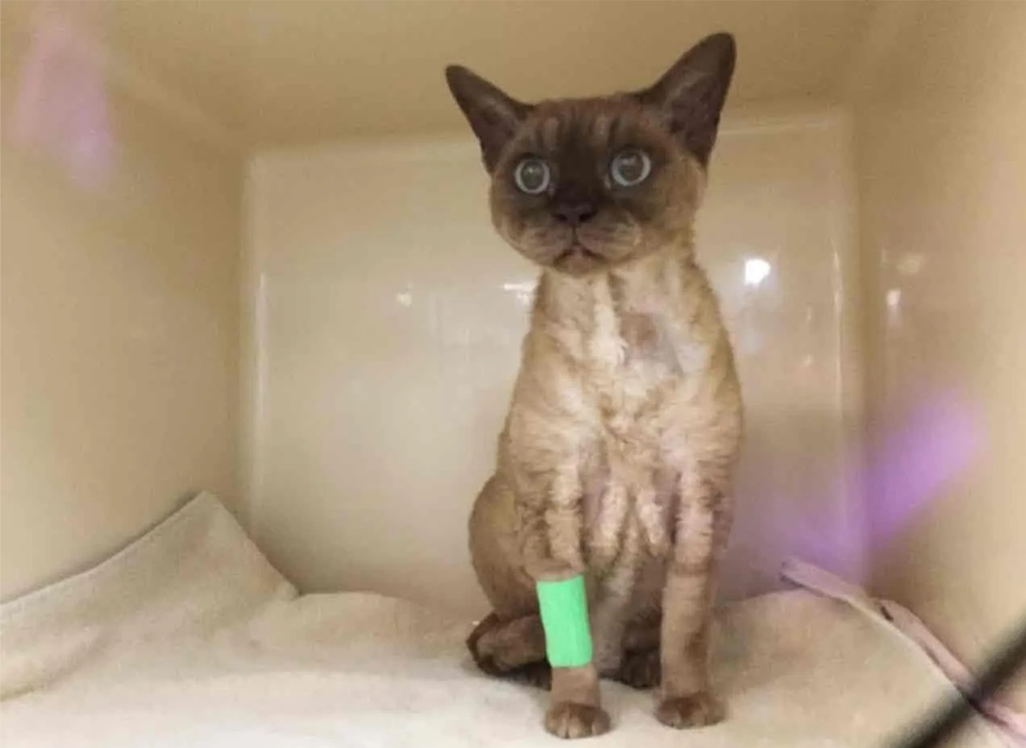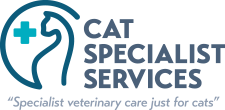What is bronchoscopy?
- Bronchoscopy is a procedure that lets veterinarians examine your cats lungs and airways. During bronchoscopy, a thin tube (bronchoscope) is passed through your cat's mouth and down their windpipe into their lungs.
- Bronchoscopy is most commonly performed using a flexible bronchoscope.
Why has my cat been recommended bronchoscopy?
- Common reasons for needing bronchoscopy are a persistent cough or wheeze, infection or something unusual seen on a chest X-ray or CT scanning.
- Bronchoscopy can also be used to obtain samples of mucus or tissue, to remove foreign bodies or other blockages from the airways or lungs or to enable development of a treatment plan.
Are there risks?
Unfortunately yes, although complications from bronchoscopy are uncommon and usually minor, they can occur. Complications may be more likely if airways are inflamed or damaged by disease. Complications may be related to the procedure itself or to the anaesthesia required for the procedure.
Some possible complications include:
- Airway spasm. A cat's lower airways are very reactive (which is why they are so prone to getting bad asthma) and airways can spasm from the presence of the bronchoscopy or the fluid. Cats are commonly given bronchodilators (airway dilators) medications when their anaesthesia is first started to reduce this occurrence.
- Collapsed lung. In rare cases, an airway may be injured during bronchoscopy. If the lung is punctured, air can collect in the space around the lung, which can cause the lung to collapse. Usually this problem is identified quickly and easily treated, but it may require a longer stay in the hospital.
It is important to note that although uncommon, these risks are possible and if we are worried that the risk of a complication is to high, we will recommend the procedure is not performed and discuss alternative methods (such as treatment trials) to help your cat.
How long does the procedure take?
It really depends on the health of your cat's airways as the process can be very slow and meticulous. Mostly bronchoscopy takes around 30-45 minutes.
What happens during the procedure?
- Your cat will be anaesthesized and a tube placed into their trachea to supply oxygen. There is a lot of monitoring equipment that is used and typically two nursing staff monitor your cat's anaesthetic and help with the procedure. Your feline veterinarian will then guide the bronchoscope into the different airways.
- Depending on the patient, lungwashes (bronchoalveolar lavage) may be performed following the airway assessment. The patient is then recovered from their anaesthetic and is very closely monitored for the next two hours after their procedure.
What is a bronchoalveolar lavage?
This forms another part of the airway examination. Sterile saline is flushed down the bronchoscopy (or a small sterile tube is placed into the airway) and the fluid is then sucked back up. This helps us to retrieve samples of the mucous, cells and possible infectious agents that maybe present.
When will we find out the results?
- Results from the bronchoscopy are obtained the same day and your feline veterinarian will telephone you once the procedure is completed to discuss the results.
- Samples submitted to the laboratory taken approximately 24-72 hours and we will call you when we receive them.
Will my cat be able to go home after the procedure is finished?
That really depends on the severity of your cats breathing problems. If the procedure has gone well and your cat is not severely affected then they may be able to go home a few hours after the procedure. If we are concerned that their breathing is not normal then we will discuss ongoing hospitalisation options with you.
